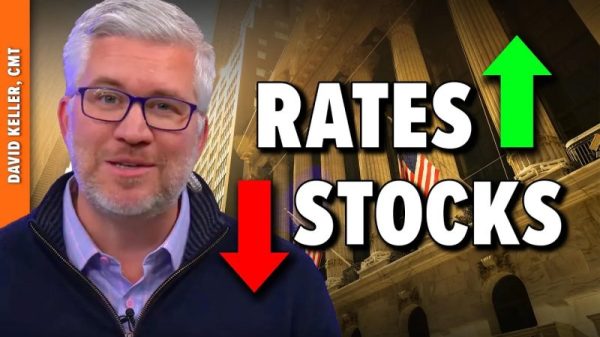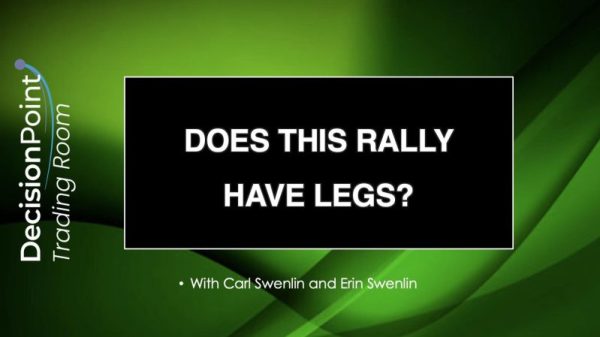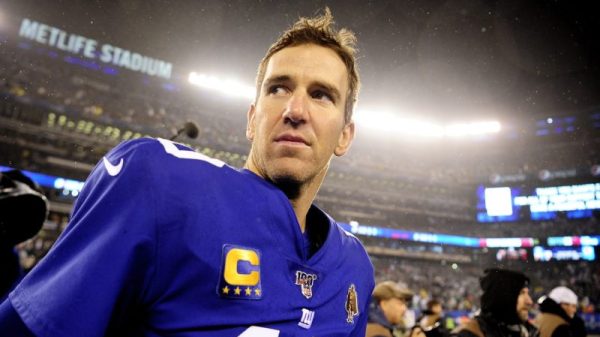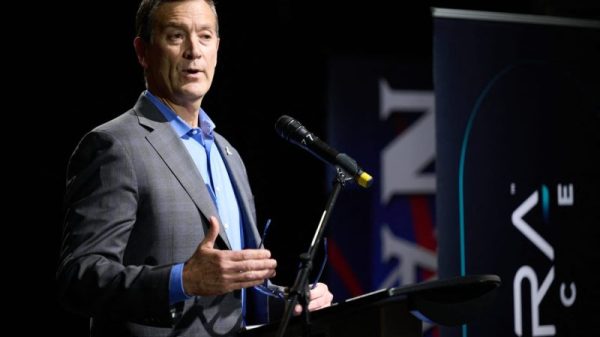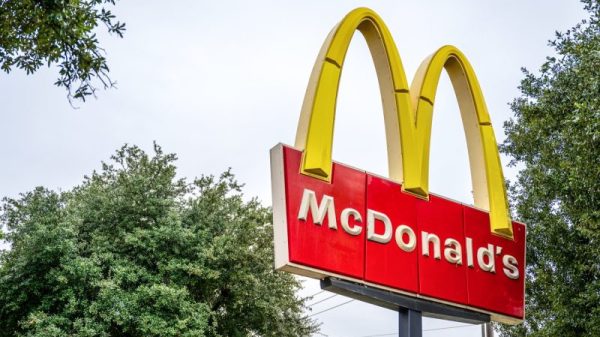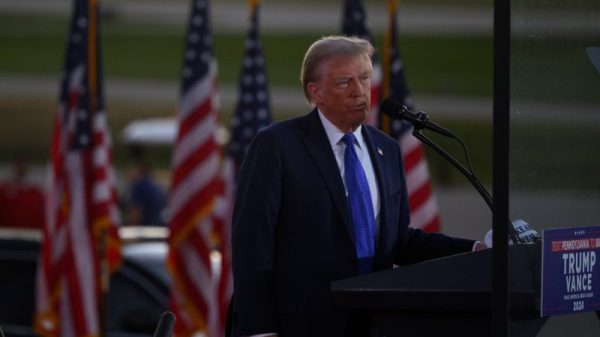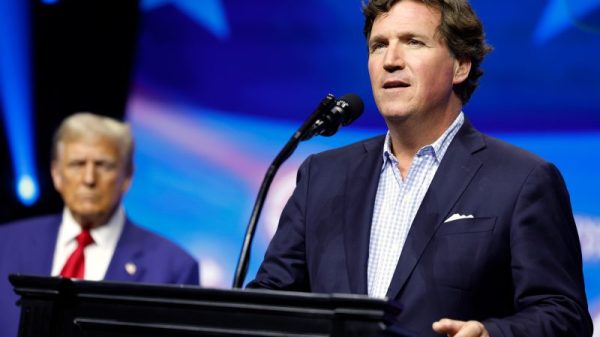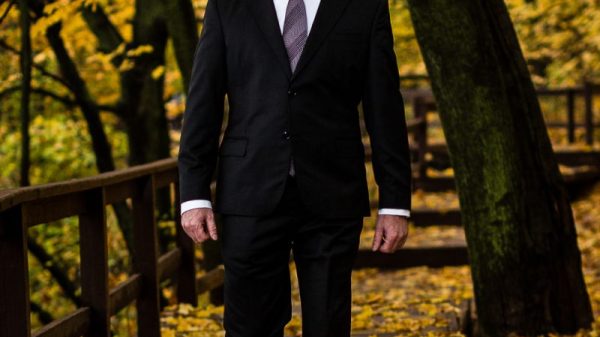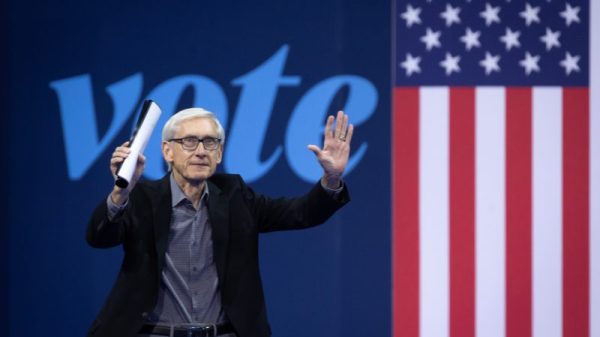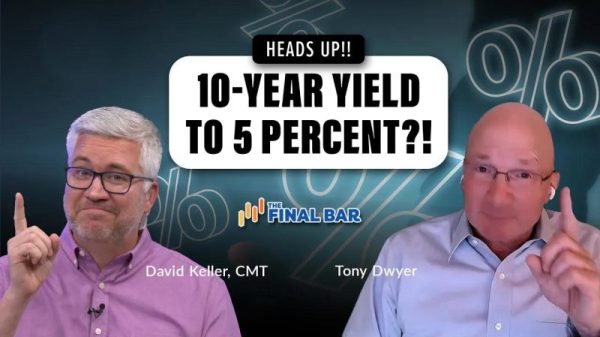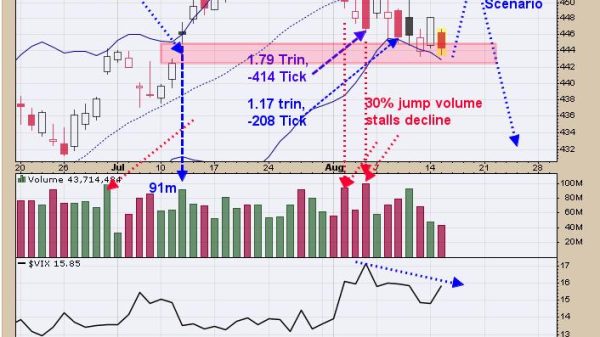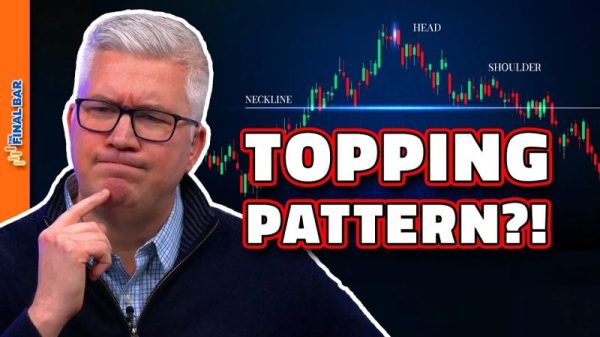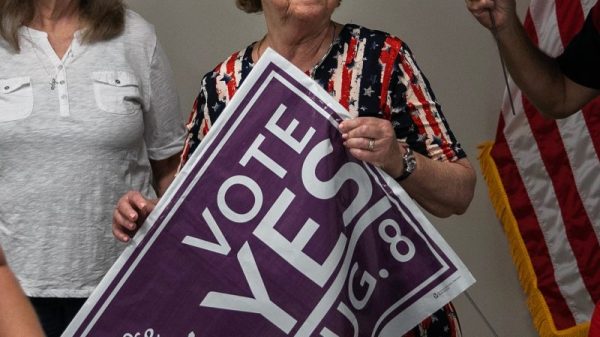Welcome to The Campaign Moment, your guide to the biggest developments in the 2024 election — now with more “you betcha,” “uff da,” hot dish and walleye.
(Make sure you are subscribed to this newsletter here. You can also hear my analysis weekly on Apple Podcasts, Spotify, or wherever you get your podcasts.)
The big moment
The two-week sprint to become the new Democratic vice-presidential pick concluded Tuesday with a winner few had predicted at the outset: Tim Walz. The formerly somewhat obscure — at least on the national stage — Minnesota governor now joins Vice President Harris for a three-month race to the presidential election.
And if Republicans weren’t prepared for the sudden shift at the top of the Democratic ticket from President Biden to Harris, they were loaded for bear this time, with a more focused message. They blanketed inboxes and social media with attacks on Walz. The prevailing talking point: that a “dangerously liberal” presidential candidate just picked a “dangerously liberal” running mate.
“RNC Statement on Dangerously Liberal Harris-Walz Ticket,” read the Republican National Committee’s press release.
“Even worse than Dangerously Liberal and Crooked Kamala Harris,” Republican nominee Donald Trump’s campaign said in a fundraising email.
“Kamala Harris and Tim Walz: Weak, Failed, Dangerously Liberal,” the Trump campaign said in a statement.
“Too Weird. Too Radical,” concluded an ad from the pro-Trump Make America Great Again super PAC.
It’s indeed an extension of the GOP playbook against Harris. As for how it will play?
There is no question that, among the reported finalists for the job, Walz is probably the most pleasing to liberals. But that’s in large part a reflection of the competition; the reported alternatives hailed from swing and even red-leaning states that require a more moderate approach and where the balance of power isn’t as conducive to the Democratic agenda.
Walz, by contrast, has been able to push through left-leaning policies in Minnesota with narrow Democratic majorities — a remarkable success story, the merits of the policies aside.
Among the pieces of legislation signed into law: universal school lunches; universal gun background checks and a “red flag” law; abortion rights; paid family and medical leave; rights to gender-affirming care (the legislation the PAC ad focused on); restoring the rights of felons to vote; legalizing recreational marijuana; and allowing undocumented Minnesotans to apply for driver’s licenses.
Republicans have also signaled they intend to criticize Walz for pandemic-era restrictions, including a mask mandate, as well as his response to the riots that followed George Floyd’s 2020 murder in Minneapolis at the hands of police. (Some have criticized Walz for not more quickly dispatching the National Guard.)
Democrats argue that while Democratic governors in more divided states haven’t gotten such policies enacted, that is more a reflection of the internal political obstacles they faced rather than the popularity of the proposals. The concepts behind the gun bills, for instance, have overwhelming support in polls. Abortion rights are increasingly popular. Mask mandates have fallen in popularity, but they were once quite popular, and even red states had them.
If there are potential liabilities with swing voters, you might see them in such things as the “trans refuge” bill that Walz signed to protect those seeking gender-affirming care (a divisive topic), the driver’s license law (a subject of previous GOP focus that could be pitched as being soft on the border crisis), and the riots (which could feed into GOP claims that Democrats are soft on crime).
But in politics, a lot depends on the messenger and how they sell their record. And on a personal level, Walz certainly doesn’t project “raging liberal.”
His roots are about as far from the East and West Coasts as is possible, literally; he was born in a small Nebraska town and came of political age in southern Minnesota. He embodies a Midwestern style that Harris’s campaign hopes will attract voters in such must-win states as Michigan, Wisconsin and Pennsylvania. He’s a veteran who focused heavily on veterans issues in Congress, and he is a former longtime teacher and football coach. He has talked about how he’s a gun owner and was featured in Guns & Ammo magazine in 2016. And, at one point, he said he didn’t think Nancy Pelosi should be House speaker.
Before he was a governor, Walz was a member of Congress representing a Republican-leaning, somewhat rural southern Minnesota district; he won reelection in 2016 even as Trump was carrying it by 15 points.
Walz’s 2022 gubernatorial reelection win was a bit less resounding, basically matching Biden’s seven-point margin from two years prior. But that 2016 campaign would seem to suggest that Walz knows how to navigate a difficult political environment and appeal to swing voters.
He’ll do it now with more of an established record, oodles more scrutiny and on a much bigger stage — a stage that as recently as mid-July few foresaw Tim Walz being on.
A poll number to remember
44 percent
That is the percentage of registered voters in a CBS News-YouGov poll released Sunday that described Harris as “very liberal.” That’s notably higher than the percentage who called Trump “very conservative” (37 percent).
It’s something of a carryover from the race between Trump and Biden; a June Gallup poll showed 56 percent viewed Biden as “too liberal,” while 44 percent viewed Trump as “too conservative.” (That’s a slightly different question, but it’s unlikely that swing voters view being “very liberal” as an asset.)
That reinforces how much of an issue Harris’s perceived ideology could be — along with the balancing act she faced in selecting a running mate.
Many of the GOP attacks on Harris stem from positions she staked out in the 2020 Democratic presidential primaries, when she was focused on appealing to the left. They included banning fracking and offshore drilling, as well as a mandatory gun buyback program and supporting the Green New Deal. Harris has walked back some of those positions of late.
Take a moment to read:
“Tim Walz’s journey from high school football coach to VP candidate” (Washington Post)
“Where Tim Walz stands on key issues: Abortion, climate, marijuana and more” (Washington Post)
“In two weeks, Harris’s campaign has reset the electoral map” (Washington Post)
“$10M cash withdrawal drove secret probe into whether Trump took money from Egypt” (Washington Post)
“The presidential race shifts — modestly, so far — toward Harris” (Washington Post)
“What’s shaping up as tension points between Harris and the left” (Politico)









